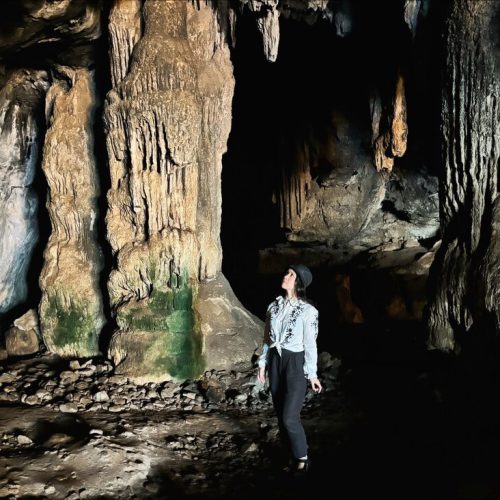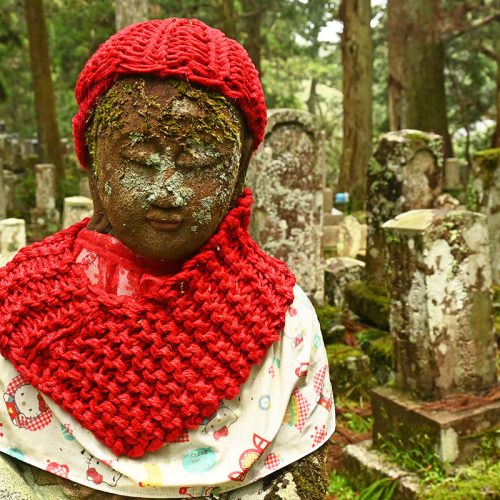
I haven’t put the spotlight on a museum for quite a while but my recent trip to Edinburgh’s Surgeons’ Hall Museums, which houses collections of anatomical specimens and artefacts, is a find worth sharing.
If you dip into my archive a trend for unique and often macabre museums begins to appear. I didn’t think I would be able to top the Hunterian Museum in London or the KunstKamera Museum in St.Petersburg since both display a wide number of jars filled with curious medical afflictions and dissected body parts. But Surgeons’ Hall Museums tops them both easily.
Brief history of history of the Surgeon’s Hall Museums
Located opposite Edinburgh University on Nicholson Street, Surgeons’ Hall Museums was founded in 1505 and is one of the oldest Museums in Scotland.
In 1699, the College obtained a royal charter, and by 1705 it began collecting specimens for teaching surgery and anatomy to students. This initial collection grew over time, particularly during the 19th century when renowned surgeon John Barclay donated his extensive anatomical collection to the College.
To house these collections, a purpose-built facility, now Surgeons’ Hall, was designed by renowned Scottish architect William Henry Playfair and opened to the public in 1832. The collection is fascinating, and some one say rather ghoulish at times. It includes bone and tissue specimens, scientific instruments throughout the ages, photographs and works of art and much more.
It was reopened in 2015 after a major £4.4 million redevelopment project and still looks brand-spanking new with super fresh displays and interactive elements for learning.

Inside the Surgeon’s Hall Museums
Surgeons’ Hall Museums is spilt up into several rooms. These include dedicated rooms to pathology, surgery and dental, as such making it feel like mini museums within a museum.

Inside you will find glass jars filled with gangrenous fingers, bodies wounded in battle and diseased brains. So, yes, quite a delightful concoction of flowers and roses and all things sweet and sugary.
You can even find a whole aisle of severed penises (men, you might want to look away). Most of them had some kind of odd unfortunate affliction usually brought on from a sexually transmitted disease. To say I’m relieved I live in an era of advanced medical science would be an understatement.
If you want to see more on that topic, read about my trip to the penis museum in Iceland, I promise it’s not nearly as gruesome – quite the opposite actually!

The Burke and Hare murders
I initially heard about this place because of the notorious Burke and Hare murderers. These two fellas were quite the double-act.
Burke and Hare were two serial killers in the 1820s. They started killing people after they discovered selling bodies for medical research to Edinburgh University fetched a pretty penny. They suffocated at least 17 people and pretended they died of natural causes. The deaths was never investigated since they targeted the elderly or local drunks. A sad fact, but a true one.
Fortunately, their reign of terror was about to end. They began to arouse suspicion after murdering a young and healthy woman who had been seen a few days earlier. Soon enough their terrible crimes were exposed.
Hare confessed to their crimes and was given only six months in prison as part of a plea bargain whereas Burke was sentenced to hang on the Royal Mile. The disparity in punish struck me as very odd, but these were different times I guess. Imagine a serial killer only getting six months today? I think a member of the public would see it upon themselves to serve justice if the courts failed to do so….
Anyhow, in a twist of irony, Burke’s body was sent to the university and was used in dissection and anatomy classes! Today, you can view his death mask on display at the museum. Interestingly – or rather morbidly – there’s also a wallet made from Burke’s skin too (I have no idea why?!). It’s all very Ed Gein-like if you ask me.

Parting thoughts
While the museums does feed into morbid curiosities, it does have a lot of educational merits too. Despite living inside my body, I realised I really don’t know much about it.
This is what makes this museum so great – it’s not just for medical students or people within that profession, it’s for anyone who’s curious. The human body is such an incredible thing made up of many different parts, and this museum has done an amazing job capturing these elements to help understand what goes on inside ourselves and how we live. Fascinating stuff.
Further information
Address: Nicolson Street, Edinburgh, EH8 9DW
Website: www.museum.rcsed.ac.uk
Opening hours: Everyday 10:00 – 17:00
Admission: Adults £7, concessions £4
If you’re looking for more things to do in Edinburgh, find inspiration from these tours.









